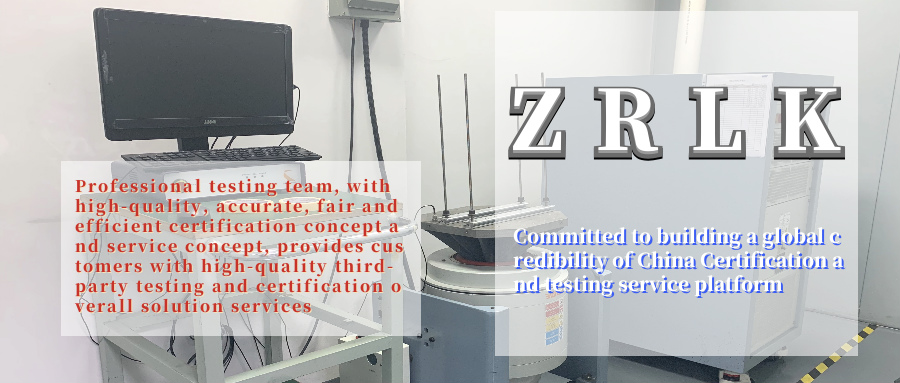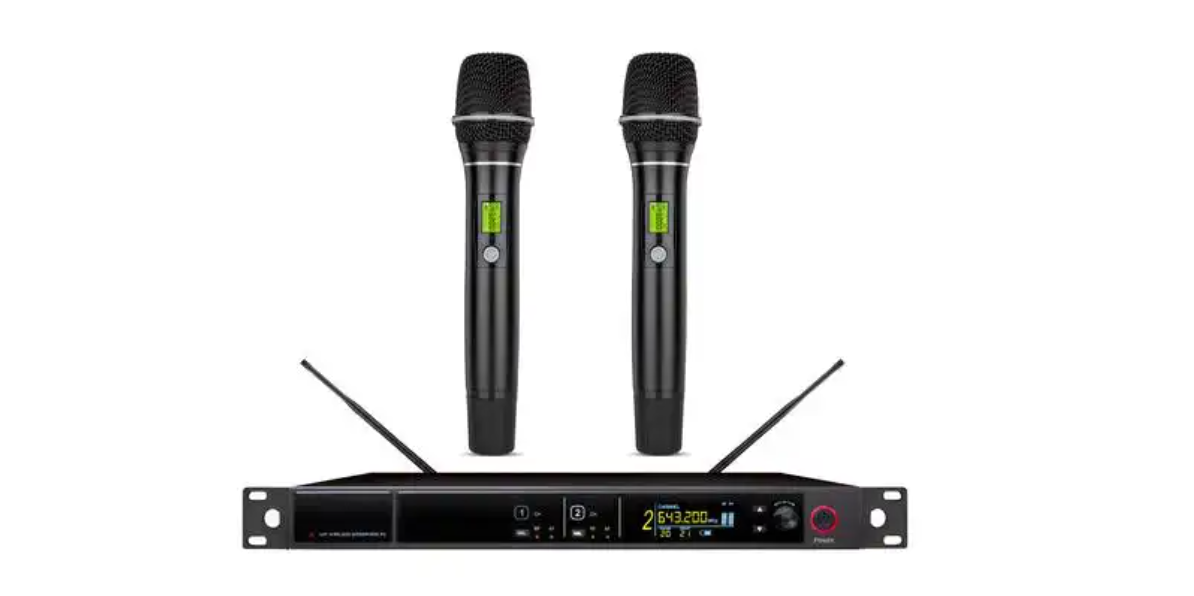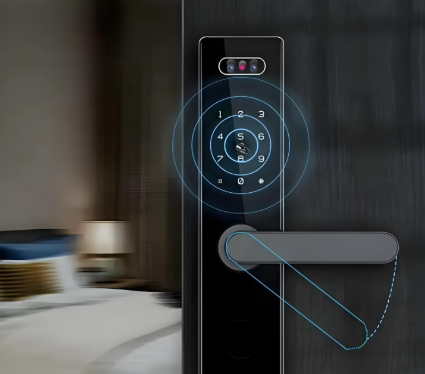
REACH introduction
The full name of REACH is "Registration, Evaluation, Authorization and Restriction of Chemicals", that is, European Union Regulation (EC) No 1907/2006, which is the European Union's regulation on the registration, evaluation, authorization and restriction of chemicals. . Its purpose is to ensure that the protection of human health and the environment is at a high level, to promote the free circulation of chemicals on the EU market, and to improve competitiveness and innovation.
SVHC list latest news
September 3, 2019: The European Chemicals Agency (ECHA) conducts a public consultation on four substances proposed for inclusion in the SVHC list. The substance names are as follows:
2-benzyl-2-dimethylamino-1- (4-morpholinephenyl) butanone
2-methyl-1- (4-methylthiophenyl) -2-morpholinyl-1-acetone
Diisohexyl phthalate
Perfluorobutyl sulfonic acid (PFBS) and its salts
July 16, 2019: The European Chemicals Agency (ECHA) updated the SVHC list with the latest requirements of 201 items.
Applicable product range
The scope of REACH regulations is extensive. It covers almost all non-food, feed and pharmaceutical commercial products. Consumer products such as clothing and footwear, jewelry, electrical and electronic products, toys, furniture, and health and beauty products are all within the scope of the REACH regulation.
Regulatory content
registered
Any chemical that reaches the threshold of one ton per year, manufacturers and importers must apply for registration, whether the chemical itself exists as a chemical substance, or as part of a mixture, or as a substance or mixture released from an article. Since only individuals in the European Union or companies established in the European Union can submit REACH registrations, non-EU companies wishing to register a chemical substance need to appoint a sole representative (OR) to implement it. The European Chemicals Agency (ECHA) is responsible for evaluating the information submitted by the registration.
limit
Each restricted substance has different conditions and restricted ranges. For example, a hazardous substance itself may be prohibited from being placed on the EU market, or products containing the substance at a certain concentration may be prohibited. Appendix XVII is a list of restricted substances, which will be updated regularly.
Authorize
The purpose of authorization is to eliminate or effectively control the risks posed by chemicals, especially those harmful to human health or the environment. This process is divided into two main stages. Each stage requires different stakeholders in the supply chain to undertake certain obligations:
A substance has been identified as a substance of high concern (SVHC) and is included in the candidate list. If the content of an SVHC exceeds 0.1% by weight, the information will be immediately transmitted to the recipient of the item in the supply chain. Consumers can also request this information from retailers, and this information must be provided within 45 days. If the weight of SVHC in the article exceeds 0.1% and exceeds 1 ton / year, ECHA must be notified. The candidate list is updated twice a year.
Substances listed on the candidate list will be included in the authorization list first (Appendix XIV). Unless authorized, the SVHC on the authorization list cannot be used or imported into the EU after a specified date (known as the sunset date). The authorization only applies to chemical substances used in the EU and / or imported into the EU, as well as articles manufactured in the EU. However, it does not apply to items imported from the EU. The authorization list is updated approximately once a year.
All products manufactured or imported into the EU must comply with all applicable REACH requirements. It is important to remember that meeting one requirement does not mean that other requirements can be waived. For example, in addition to meeting the requirements related to the candidate list, a product may also need to meet certain restrictions.

SRRC certification is one of the necessary conditions for products to enter the Chinese market for sale. It ensures that the wireless transmission characteristics of the wireless camera comply with national standards, avoiding communication problems caused by radio interference and ensuring the legality and compliance of the product.

FCC certification is a mandatory requirement for wireless device certification in the US market. Through FCC ID certification, wireless microphones can prove their compliance with US radio transmission standards, avoiding market bans or fines for violations. This is particularly important for products that hope to be sold in the US market.

KC certification ensures that products comply with relevant laws, regulations, and safety standards in South Korea, and is a necessary condition for smart door lock products to enter the South Korean market. KC certification covers wireless radio frequency, electromagnetic compatibility, and electromagnetic exposure. Strict testing and evaluation are required to obtain KC certification before products can be legally sold in the Korean market and gain consumer trust.
The full name of REACH is \"Registration, Evaluation, Authorization and Restriction of Chemicals\", that is, European Union Regulation (EC) No 1907/2006, which is the European Union\'s regulation on the registration, evaluation, authorization and restriction of chemicals.
Get a quote